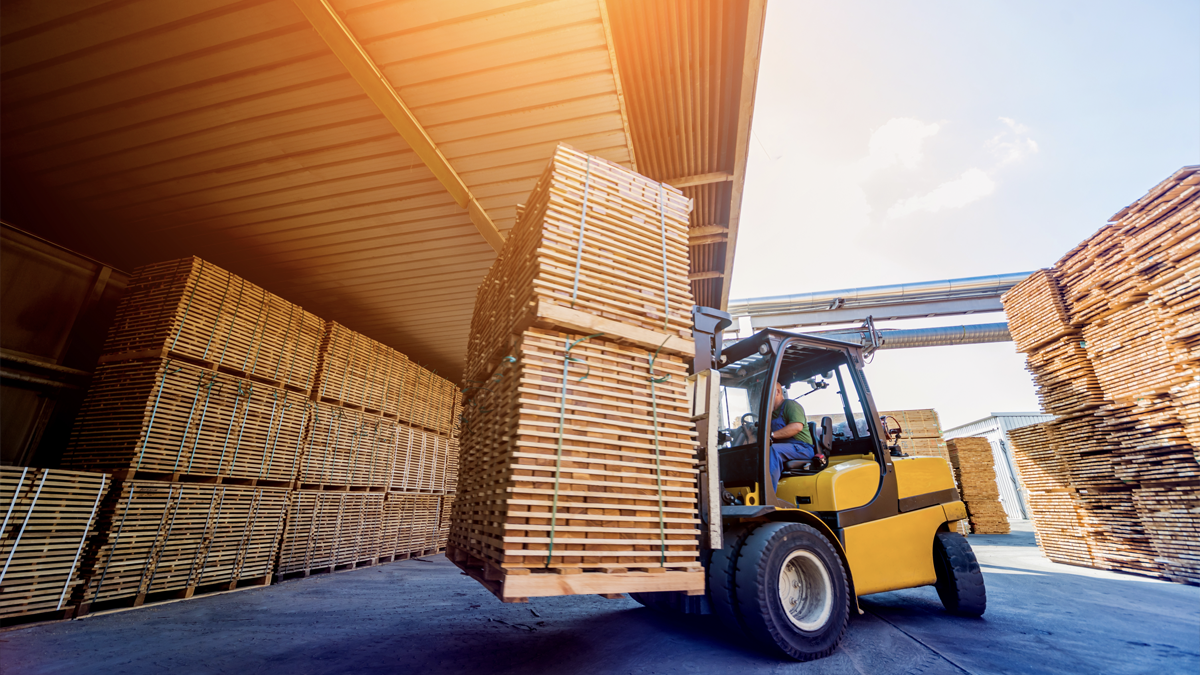Calculate the Pressure on the Pneumatic Cylinder of a Forklift

By Ernie Parker, CFPAI, CFPSD, CFPS, CFPMM, CFPMT, CFPMIP, CFPMMH, CFPMIH, CFPE.
You have a pneumatic forklift with a 2:1 mechanical disadvantage on the cylinder. It has 101.6 mm (4”) cylinder at .69 MPa (100 psi) that has been fully extended and the valve held for a couple of moments before centering with a closed center valve and with an empty crate on it. Men fill the crate with hardware that weight 2224 N (500 lbs.) that they will lower to the floor. What is the pressure on the cylinder before they start to lower the load?
See Solution
Metric
1.44 MPa. 2224 N / 8107.3 mm² = .274 MPa. Double for the 2:1 mechanical disadvantage = .548 MPa. Now add the original .896 MPa that was trapped in the cylinder and your pressure will be = 1.44 MPa. Once you release the vale to lower the load, the pressure will drop to approximately .548 MPa plus the weight of the crate and forks.
US Customary
179.6 psi 500 lbs. / 12.566 square inch = 39.79 psi. Double for the 2:1 mechanical disadvantage = 79.6 psi. Now add the original 100 that was trapped in the cylinder and your pressure will be 179.6 psi. Once you release the valve to lower the load the pressure will drop to approximately 79.6 psi plus the weight of the crate and forks.
Lesson learned. Never bottom out a cylinder, trap the pressure and then add a load to it. If you bottom out the cylinder, just back off the trapped pressure before loading the cylinder.